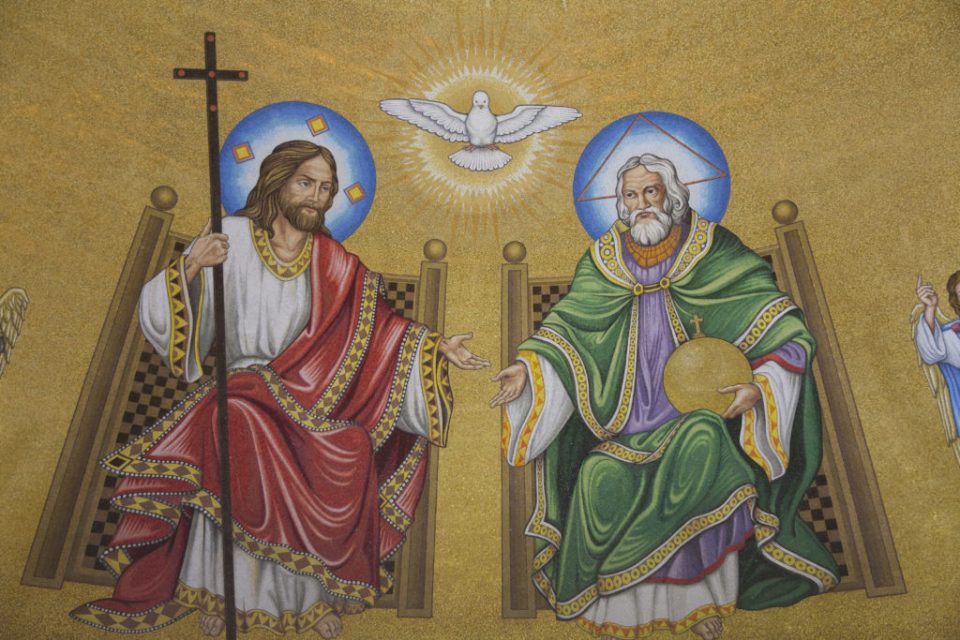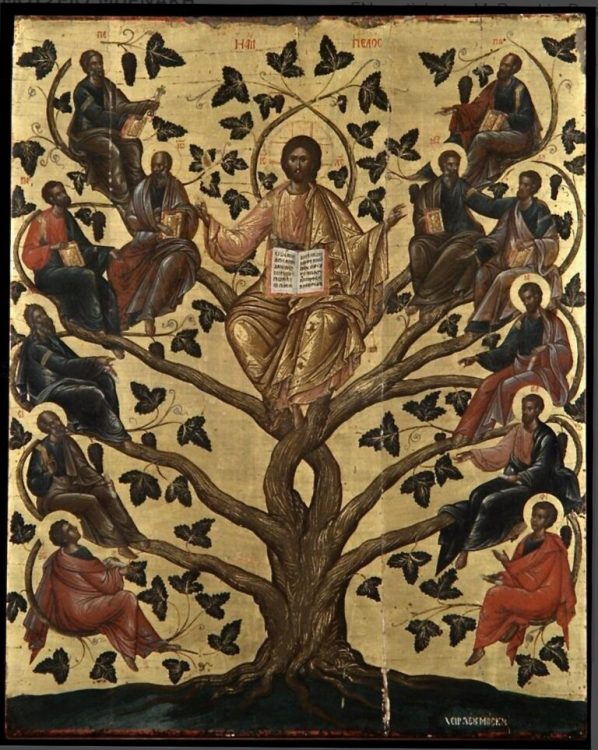‘Victory for Victims’: Trump Signs Genocide Relief Act for Iraqi and Syrian Christians, by Peter J. Smith
December 14, 2018Advent and the End Times: Refuting the Rapture Doctrine, by Allison Low
December 14, 2018
By Fr. Raymond de Souza, Catholic Herald, 13 December, 2018
For the future Pope, the Holy Spirit was ‘speaking up’ through the new movements which bypassed old bureaucracies
This year a likely Catholic Christmas gift will be the new biography of the Pope Emeritus, Benedict XVI: His Life and Thought. Elio Guerriero’s book first appeared in Italian in 2016, and now is available in English from Ignatius Press.
In a lengthy book, one thing that caught my attention was the long relationship of Ratzinger/Benedict to new movements. This most conservative of figures was inclined to see the future of the Church not in the established structures of German Catholicism, but in the new movements that often challenged those structures.
Indeed, the establishment of German Catholicism battled with Ratzinger/Benedict in Rome, not knowing that its moment would come under his successor. There is nothing that the German establishment wants – liberalisation regarding divorce and remarriage, local authority over liturgical translations, Holy Communion for Protestants – that does not seem to be tacitly encouraged under Pope Francis. The abdication of the German pope surprisingly gave way to the German pontificate.
The biographer faces an impossible challenge. Joseph Ratzinger’s long service to the Church – brilliant professor, gifted writer, theological expert, editorial founder, diocesan bishop, chief lieutenant of St John Paul II, pope himself – is simply too much to fit neatly into some 600 pages.
Nevertheless, it’s an admirable book, and a friendly one. Guerriero treats the question of the abdication by simply presenting Benedict’s own explanation, namely that the trip to Rio for World Youth Day 2013 was impossible for him owing to “jet lag” and so resignation necessarily followed. The biographer refrains from noting the utter insufficiency of such an explanation in the face of the destabilising impact of something never done before in the history of the Church: a papal abdication absent a crisis of legitimacy.
The book must necessarily treat two pontificates. “No important decision was made in the pontificate without first consulting Ratzinger,” Cardinal Stanisław Dziwisz told the author regarding St John Paul II’s service. And it was as the chief lieutenant for John Paul that Ratzinger’s appreciation of the new movements gained prominence.
“As a bishop and a cardinal, Ratzinger had watched the ecclesial movements with interest,” writes Guerriero. “He saw in them the possibility of new blood flowing into the somewhat sclerotic arteries of the old ecclesiastical institutions. He had looked at them with joy and hope during the toughest moments of the student protests, when it seemed that the young people were going to abandon the Church en masse.”
“Here was something nobody had planned on,” Cardinal Ratzinger said in 1998. “The Holy Spirit had, so to say, spoken up for himself again.”
“Within [the Church] there are merely human institutions relating to administration, the organisation of events, and the like,” writes Guerriero on the novelty of Ratzinger’s approach. “Precisely because they are not essential, these organisations must be reduced to a minimum and, above all, must not extinguish listening to the Spirit, attention to his outpourings that bring renewal.
This was the great newness, which for many bishops, especially those from countries with an ancient Christian tradition, seemed almost a provocation. It was not primarily up to the movements to fit themselves into the organisational structures of the dioceses and of the associations. The bishops, on the contrary, were called to reduce their organisational structures drastically and to welcome the new phenomena mandated by the Spirit.”
The new movements were central to Ratzinger’s life. When in the 1970s he and others launched Communio, the important theological journal, the Italian edition was not entrusted to the academic guild, but to bright theologians from Communion and Liberation, a young Angelo Scola first among them.
The professor with traditional liturgical leanings would not entrust his cardinal’s household to an order of Tridentine nuns, but rather members of Memores Domini, consecrated lay women from Communion and Liberation. The Holy Father would join their weekly “school of community” meetings, where a future Doctor of the Church would listen attentively to the reflections of the women of his household.
The figure that emerges from Guerriero’s book is not so much the guardian of orthodoxy – though that was his mission for the long years at John Paul’s side – but rather a disciple who is convinced that the disenchanted modern world needs a fresh encounter with the friendship offered by Christ. As a pastor, he is convinced that bishops and their administrations can no longer offer this, and so have to make way for those who can in the new movements of the Spirit. We thus see a continuity from the young Ratzinger, frustrated with the old theological schemes and identified as a liberal at Vatican II, to the mature Ratzinger, frustrated with the ossified thinking of institution-minded bishops, and looking for new pastoral methods.
The subtitle then is incomplete; Benedict is more than a man of thought. He is a pastor searching for new methods. The future of the Church for him lay not in correcting the errors of the theological guild, but in bypassing them altogether to new methods, new movements, a new evangelisation which comes from a “new outpouring of the Spirit”.
Fr Raymond J de Souza is a priest of the Archdiocese of Kingston, Ontario, and editor-in-chief of convivium.ca







